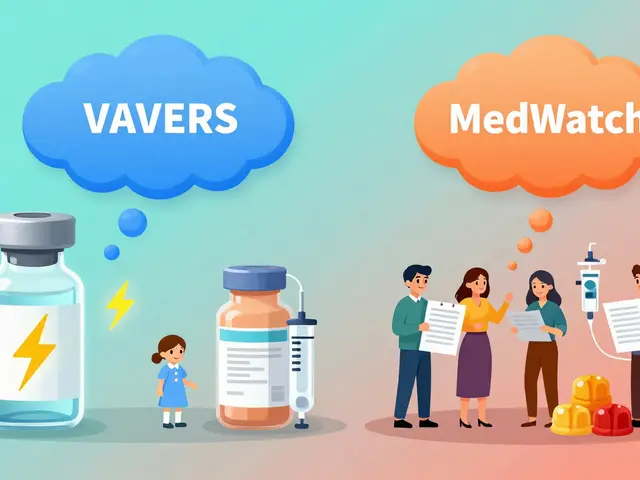Coumadin (Warfarin): Safe Use, Monitoring, and Key Interactions
Coumadin is the brand name for warfarin, a long standing blood thinner that prevents clots. You may take it for atrial fibrillation, a deep vein clot, a pulmonary embolism, or a mechanical heart valve. It lowers vitamin K dependent clotting factors in the liver, which slows clot formation.
Dosing, Monitoring, and Interactions
There is no one size dose for warfarin. Your doctor starts with a dose based on age, weight, other medicines, liver function and overall health. Typical starting doses range from two to ten milligrams per day, but the dose adjusts to your INR, the international normalized ratio.
Most people aim for an INR of two point zero to three point zero. If you have a mechanical valve or other high risk conditions your target may be higher, often between two point five and three point five. When starting expect INR checks every two to three days; once stable checks move to weekly or every two to four weeks.
Warfarin interacts with many drugs and foods. Antibiotics like metronidazole and trimethoprim sulfamethoxazole often raise INR. Azole antifungals, amiodarone, and some statins can also boost effect. Nonsteroidal antiinflammatory drugs do not change INR but add bleeding risk. Eat a consistent amount of vitamin K foods such as spinach and kale; sudden increases or decreases can shift INR. Alcohol and herbal products like St Johns wort change INR unpredictably.
Warnings and Practical Tips
The main danger with Coumadin is bleeding. Watch for black tarry stools, pink or brown urine, heavy nosebleeds, large unexplained bruises, or heavy menstrual flow. Also get urgent help for sudden severe headache, chest pain, shortness of breath, or weakness. Warfarin is usually avoided in pregnancy because it can harm the fetus.
If you miss a dose take it the same day when you remember. Do not double the next dose. For very high INR without bleeding your clinic may give low dose vitamin K. For major bleeding hospitals use vitamin K injection and prothrombin complex concentrate for fast reversal.
Everyday habits make a difference. Take your pill at the same time daily. Carry a list of medicines and recent INR results. Tell any new doctor, dentist, or pharmacist that you take warfarin. Wear a medical ID and ask your clinic before starting antibiotics, supplements or major diet changes.
If you are having a procedure, your clinic will tell you if you should stop warfarin and for how long. For some high risk patients doctors use short acting blood thinners like heparin as a bridge. Some people and conditions now use direct oral anticoagulants instead of warfarin. These DOACs do not require routine INR but are not right for everyone, and mechanical valves still need warfarin. Ask about options.
Keep follow up appointments and ask for a written plan about when to check INR and what to do if values change. If bleeding happens go to the emergency room.
Coumadin, also known as warfarin, is a popular blood thinner people take to prevent dangerous blood clots. This article explains how Coumadin works, who needs it, how to manage life on the drug, and what to watch out for. Real facts, practical tips, and straight answers for anyone curious or living with warfarin. Dive deep into safety, food interactions, dosing tricks, and real-life stories. Learn how daily habits can seriously affect how this powerful medication works.



